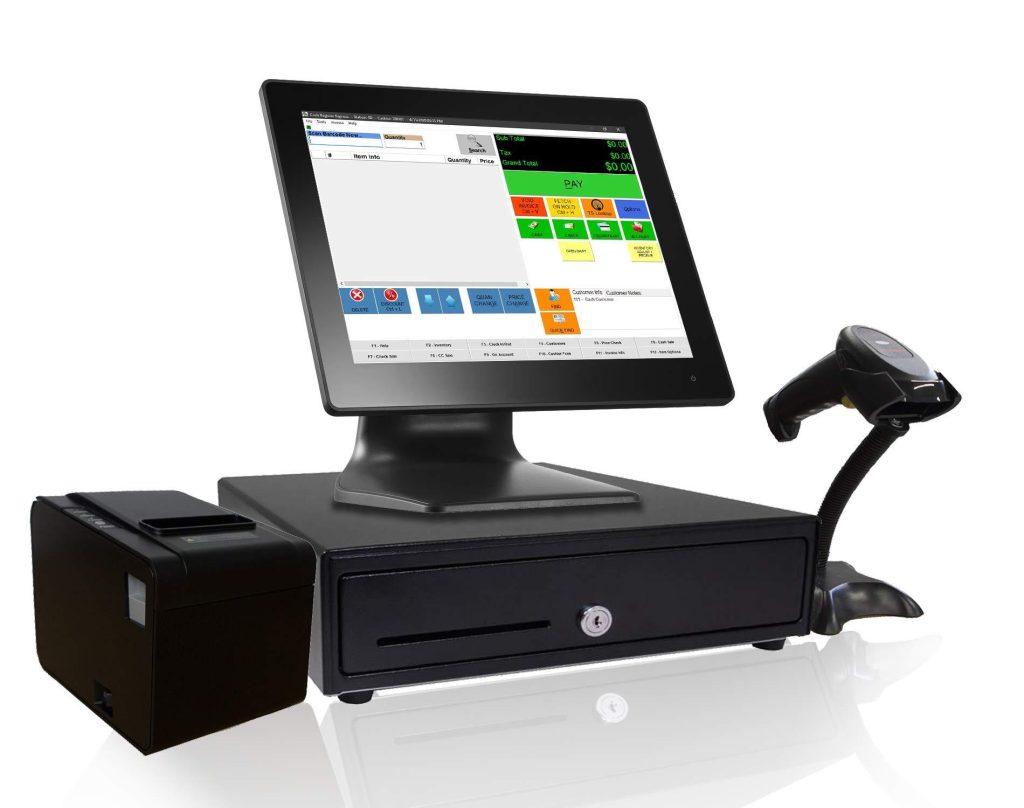
As a small business owner, you’re constantly looking for ways to boost sales, streamline operations, and stay ahead of the competition. One crucial step in achieving this is by investing in a reliable and efficient Point of Sale (POS) system. A well-chosen POS system can help you manage your sales, inventory, and customer relationships with ease, ultimately leading to increased revenue growth and customer satisfaction. In this thorough guide, we’ll walk you through the process of selecting the best POS system for your small business, highlighting the key benefits, features, and practical tips to consider.
Introduction to POS Systems
A POS system is a combination of hardware and software that enables businesses to process transactions, manage inventory, and track sales data. It’s an essential tool for any retail, restaurant, or hospitality business, providing a centralized platform for managing daily operations. With the rise of cloud-based POS systems,small businesses can now access a range of affordable and scalable solutions that cater to their specific needs.
Benefits of a POS System for Small Business
Investing in a POS system can bring numerous benefits to your small business, including:
* Improved sales management: Easily track sales, manage inventory, and optimize pricing strategies.
* Enhanced customer experience: Provide fast and efficient service, offer loyalty programs, and personalize customer interactions.
* Increased efficiency: Automate tasks, reduce manual errors, and streamline operations.
* Better inventory management: Track stock levels, monitor product performance, and optimize inventory replenishment.
* Valuable insights and analytics: Gain access to sales data, customer behaviour, and market trends to inform business decisions.
Key Features to Consider When Choosing a POS System
When selecting a POS system, consider the following essential features:
* Inventory management: Look for a system that allows you to track stock levels, monitor product performance, and optimize inventory replenishment.
* Sales reporting and analytics: Choose a system that provides detailed sales reports, customer behavior insights, and market trend analysis.
* Payment processing: Ensure the system supports multiple payment methods, including credit cards, mobile payments, and contactless transactions.
* Customer management: Opt for a system that allows you to create customer profiles, track purchase history, and offer loyalty programs.
* Integration with other systems: Consider a system that integrates with your existing accounting,e-commerce,or marketing platforms.
| Feature | Description |
|---|---|
| Inventory Management | Track stock levels, monitor product performance, and optimize inventory replenishment |
| Sales Reporting and Analytics | Gain access to sales data, customer behavior, and market trends |
| Payment Processing | Support multiple payment methods, including credit cards, mobile payments, and contactless transactions |
Practical Tips for Choosing the Best POS System
To ensure you select the best POS system for your small business, follow these practical tips:
* Assess your business needs: Identify your specific pain points and requirements to determine the features you need.
* Research and compare options: Evaluate different POS systems, read reviews, and compare pricing plans.
* Consider scalability: Choose a system that can grow with your business, offering flexible pricing plans and scalable features.
* Look for customer support: Opt for a system with reliable customer support, including online resources, phone support, and in-person training.
* Test the system: Take advantage of free trials or demos to test the system and ensure it meets your needs.
Case Studies: Success Stories from small Businesses
Numerous small businesses have achieved meaningful success by implementing a POS system. For example:
* Coffee Shop: A coffee shop in a busy city center implemented a cloud-based POS system to manage sales, inventory, and customer relationships. As a result, they saw a 20% increase in sales and a 15% reduction in inventory costs.
* Retail Store: A retail store in a small town invested in a POS system to streamline operations and improve customer service. They reported a 30% increase in customer satisfaction and a 25% reduction in employee errors.
First-Hand Experience: Implementing a POS System
Implementing a POS system can be a straightforward process if you follow these steps:
* Set clear goals and objectives: Define what you want to achieve with your POS system and set measurable goals.
* Choose the right hardware and software: Select a system that meets your business needs and is compatible with your existing infrastructure.
* Train your staff: Provide comprehensive training to ensure your staff is agreeable using the system and can troubleshoot any issues.
* Monitor and evaluate performance: Regularly review sales data, customer feedback, and system performance to identify areas for improvement.
Conclusion
Choosing the best POS system for your small business is a critical decision that can considerably impact your sales, operations, and customer satisfaction. By understanding the benefits, features, and practical tips outlined in this guide, you’ll be well-equipped to select a POS system that meets your unique needs and helps you achieve your business goals. Remember to assess your business needs, research and compare options, and consider scalability, customer support, and testing the system. with the right POS system in place, you’ll be able to boost sales, streamline operations, and drive growth in your small business.
Meta title:
Meta description: Discover the benefits, features, and practical tips for choosing the best POS system for your small business. Learn how to boost sales, streamline operations, and drive growth with the right POS system.



